Course Language: English

STRINGS: INSTRUMENTATION & ORCHESTRATION
MASTER THE SECRETS OF WRITING FOR STRING ORCHESTRA
COMPLETE FOUNDATION: Learn every string instrument's capabilities, from violin to double bass, with deep insights into their unique characteristics and techniques.
REAL-WORLD APPLICATIONS: Explore real orchestral examples from Brahms, Tchaikovsky, Mahler and other masters showing exactly how these techniques work in practice.
TWO POWERFUL MODULES: Start with detailed Instrumentation covering each instrument, then advance to Orchestration to learn how everything works together.
AUTHENTIC TECHNIQUES: Understand harmonics, double stops, bowing styles and string-specific articulations to make your virtual instruments sound convincingly real.
ADVANCED ORCHESTRATION: Master string voicing, section combinations, and how strings interact with other orchestral sections for professional-sounding arrangements.
- WHAT'S IN THE COURSE? -
(Click ▶️ to Watch)

STRINGS: INSTRUMENTATION & ORCHESTRATION
MASTER THE SECRETS OF WRITING FOR STRING ORCHESTRA
⬇ ⬇ ⬇
- WHAT'S IN THE COURSE? -
(Click ▶️ to Play video)
COMPLETE FOUNDATION: Learn every string instrument's capabilities, from violin to double bass, with deep insights into their unique characteristics and techniques.
REAL-WORLD APPLICATIONS: Explore real orchestral examples from Brahms, Tchaikovsky, Mahler and other masters showing exactly how these techniques work in practice.
TWO POWERFUL MODULES: Start with detailed Instrumentation covering each instrument, then advance to Orchestration to learn how everything works together.
AUTHENTIC TECHNIQUES: Understand harmonics, double stops, bowing styles and string-specific articulations to make your virtual instruments sound convincingly real.
ADVANCED ORCHESTRATION: Master string voicing, section combinations, and how strings interact with other orchestral sections for professional-sounding arrangements.
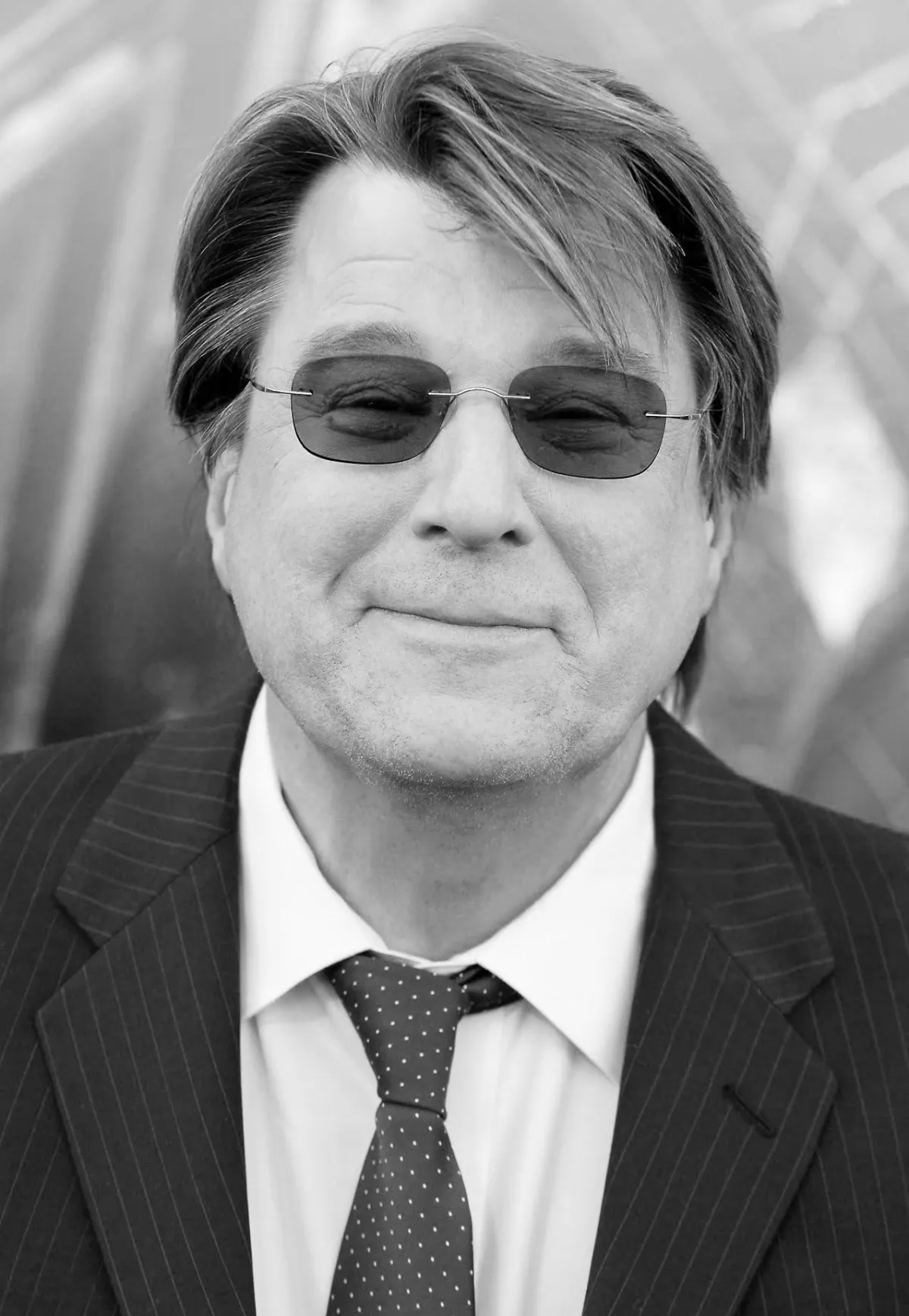
Christopher Young - Composer: Spider Man
Marc Jovani is the real deal. His courses are a hit! This course is exactly what you need to get started as a composer!
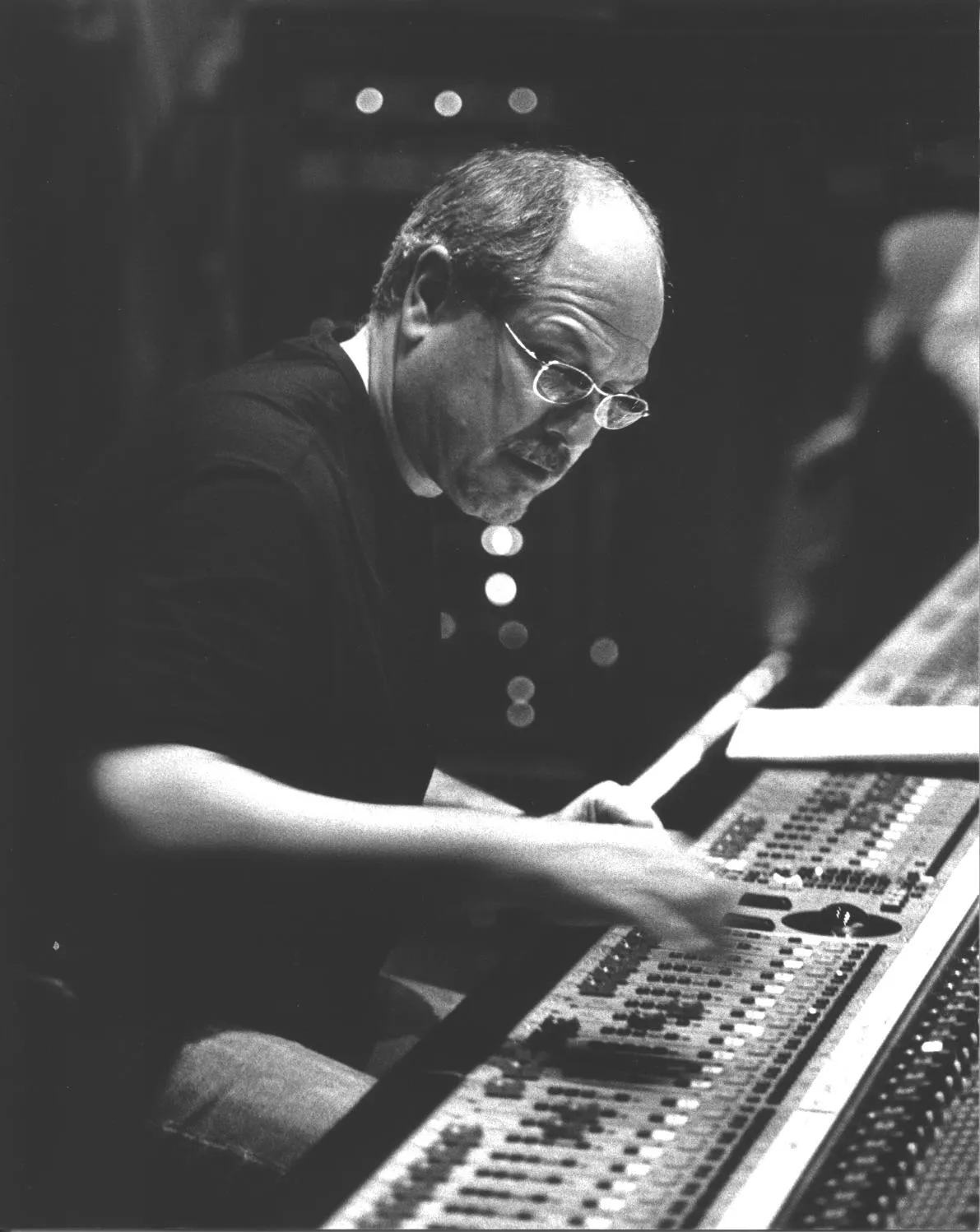
Dennis Sands - Mixing Engineer: Avengers
Marc's courses are excellent. They provide both a foundation and advanced techniques. If you're getting started, this course is perfect for you!
STRINGS: INSTRUMENTATION & ORCHESTRATION
– Learn from the GREATEST COMPOSERS. Understand their ORCHESTRATE FOR STRINGS –
THEN APPLY THESE TECHNIQUES TO YOUR MOCKUPS


Jose Cancela - 5 Time Emmy Award Winning Composer
What Marc is creating with Cinematic Composing and all its courses was very much needed in this industry. Everything that you need to know to get started and beyond is right here!
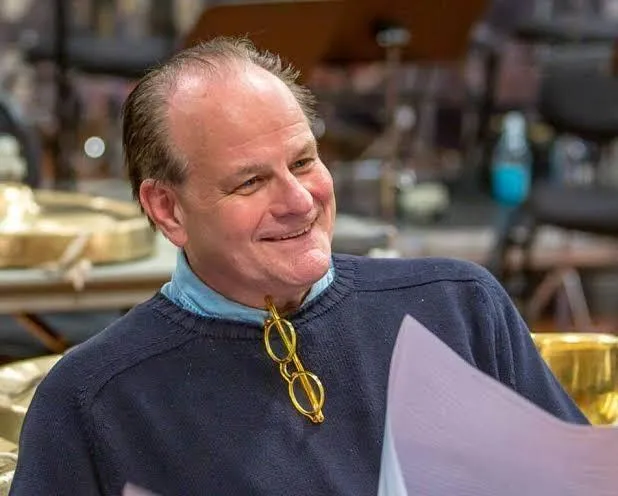
Conrad Pope - Orchestrator: John Williams (Star Wars)
Marc is opening doors and giving access to the best knowledge to so many people who want to get started as composers. The content you find here is hard to find anywhere else. Keep it up!
WHAT'S INSIDE
STRINGS INSTRUMENTATION & ORCHESTRATION?
We've taken the greatest string techniques from classical and film masterworks and created a clear learning path for you.
found a score from classical repertoire that exemplifies that technique (so you can listen how it sounds)
we created an animated video so you can follow along (and you don't have to find the score and the audio yourself) , and
Commented the score (audio commentary in the video) so you know what's happening and why
Then, we organized everything into two comprehensive modules designed to build your string writing skills step-by-step:
Module 1: Instrumentation — Master Each Instrument
Learn the unique capabilities of violin, viola, cello and bass through real musical examples. Understand how harmonics, double stops, and bowing techniques create the sounds you hear in professional scores.
Module 2: Orchestration — Bring It All Together
Discover how great composers combine string sections to create powerful emotional effects. From soaring melodies to rich harmonic textures – you'll learn the techniques that make strings the heart of the orchestra.
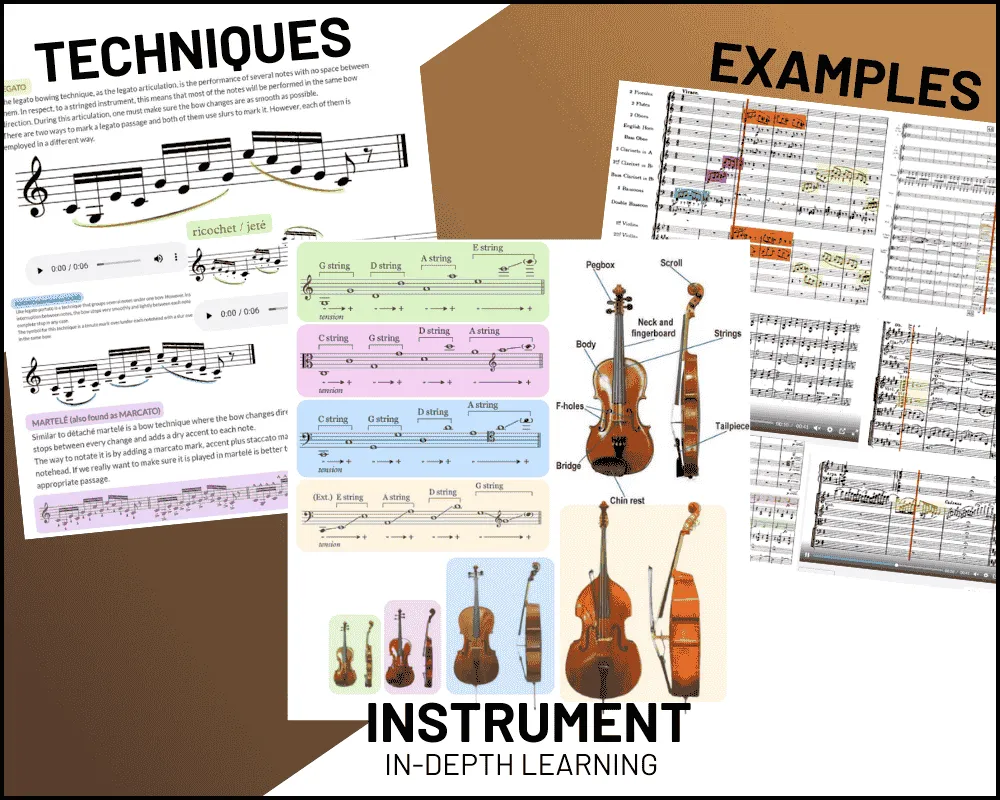
"BUT... I don't read music very well. Won't this be too advanced for me?"
Don't worry! We've designed this course to be accessible for everyone. Each example includes:
Video walkthroughs that highlight every important note
Clear visual guides showing exactly what to look at
Step-by-step explanations in plain language
You don't need to be a score-reading expert. We'll guide you through every example, pointing out exactly what matters and why it works.
Whether you're a beginner or advanced composer, you'll discover new insights about writing for strings.
Remember: Even the greatest composers started somewhere. We'll help you build your string writing skills, one clear example at a time.
Examples:
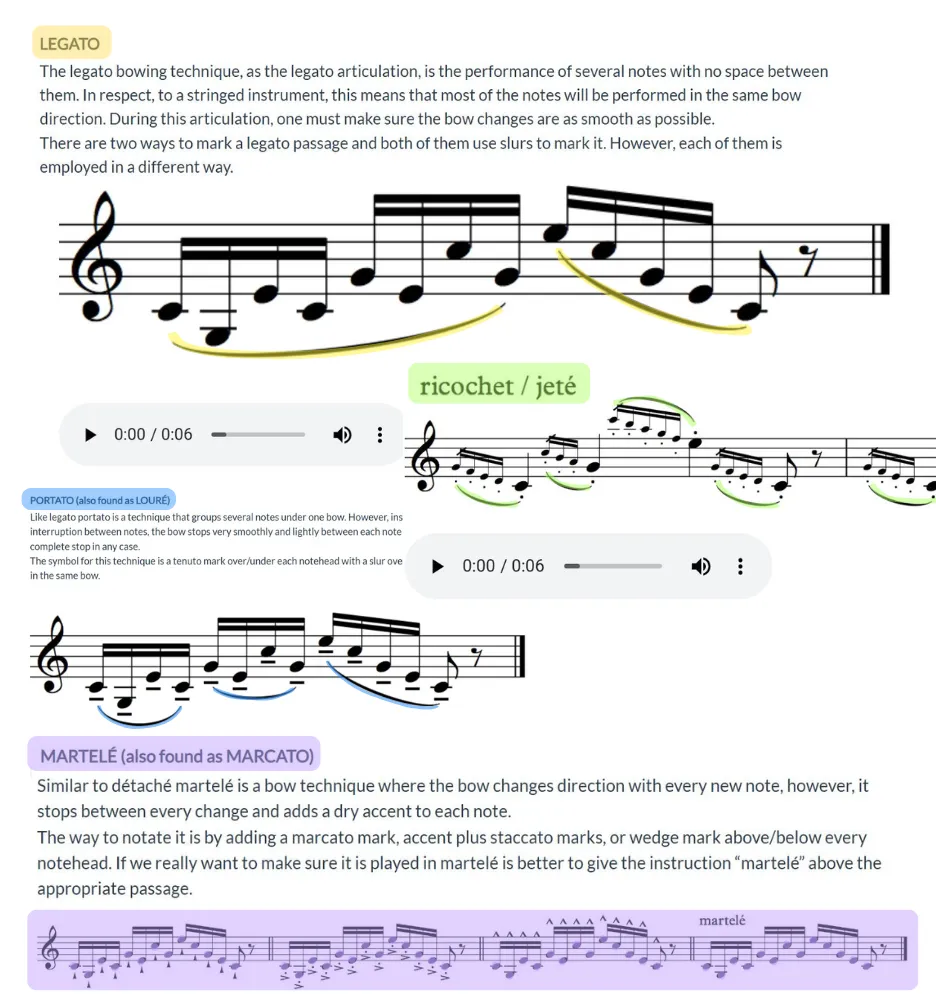
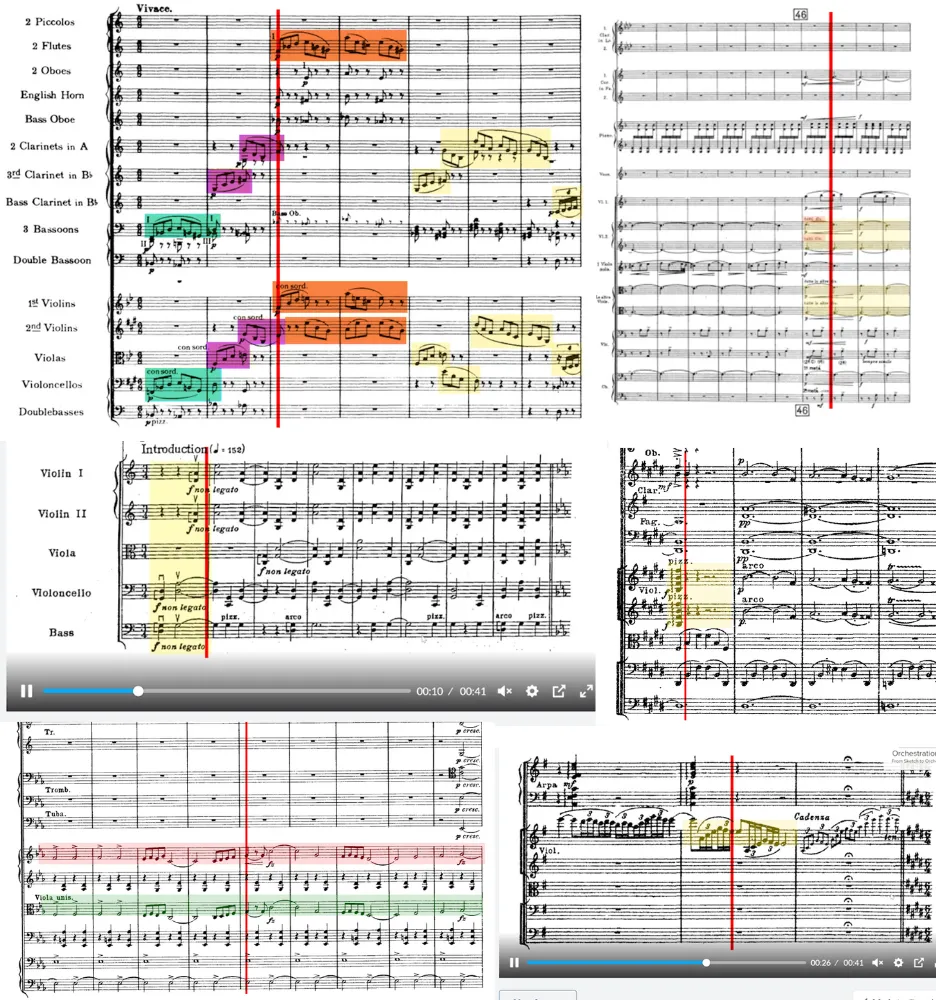
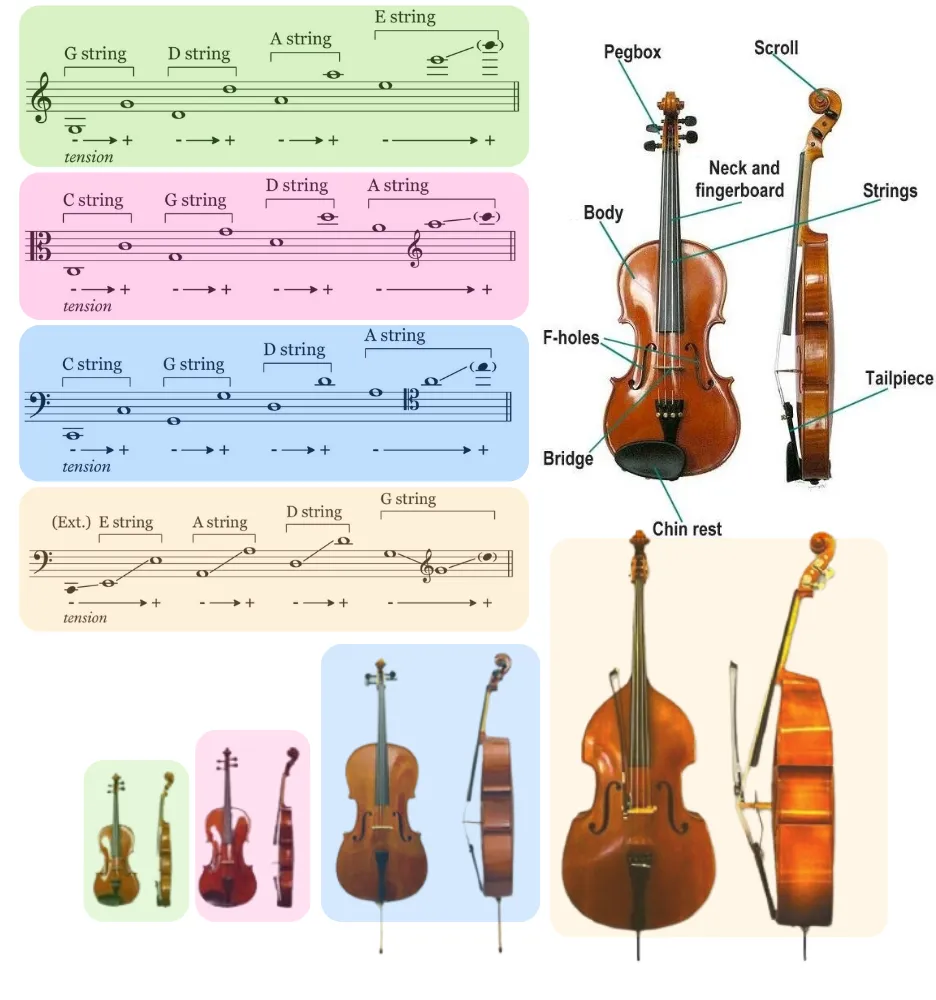
TAKE A QUICK LOOK INSIDE THE COURSE
In this course you’ll learn from the most foundational and core concepts of strings writing:
STRINGS BOWING TECHNIQUES (ARTICULATIONS)
To more advanced techniques like:
EXTREME DIVISI – DIVIDING THE STRINGS TO GET A THINNER SOUND
STRINGS FUNCTIONS: Textures - Runs - Counterpoint - Accompaniment
BONUS: DOUBLING OTHER SECTIONS
TAKE A QUICK LOOK INSIDE THE COURSE
THIS IS WHAT YOU'LL FIND INSIDE EACH ANALYSIS
The Marvel Chord - Magic/Fantasy
How John Williams evokes ROMANCE with music
ACTION/TENSION Example
High-Impact Videos & Lessons
Each lesson has been split into bite-sized chunks so you don't get overwhelmed with a flood of information. Take the course at your own pace, and really study the lessons as you apply the actionable lessons to your business.
Group Coaching
You will have the opportunity to work through any roadblocks you encounter during our Group Coaching Meetings. These are specific times the teachers at Cinematic Composing will be available inside of a video chat room where you can jump in to have your burning questions answered. Stay for as long as you'd like to listen in on other people’s questions, or leave as soon as you have your questions answered. These often turn into impromptu lessons as I elaborate on specific topics or start digging into someone's composing career.
Private Group With Everyone In The Community
Interact with other students who are going through some of your same struggles. Everyone inside of the community will be participating in group discussions inside our group. This will be a constant source of encouragement, accountability, community, and a place where lifelong friends will be forged.
Go At Your Own Pace
You can go at your own pace. Don’t need to follow the course’s schedule.
The course materials do not expire and you’ll have access to them for life. Even for the future course updates and improvements!
The duration is 6-8 weeks approx. You can do it a bit faster, or take as much time as you want/need.
Or you could even take advantage of the discount now, and be doing the course later.
ACCESS
FOR LIFE
GO AT YOUR
OWN PACE
FREE
UPDATES
7 DAY MONEY BACK GUARANTEE
If you're not satisfied with the courses, get in touch within 7 days and we'll give you a full refund.*
*Conditions apply. Read Terms and conditions.
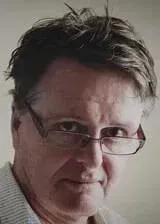
Peter Moore - Melbourne, Australia
Great supportive group to be a part of. Real people with real struggles and dreams. Lovin' it!
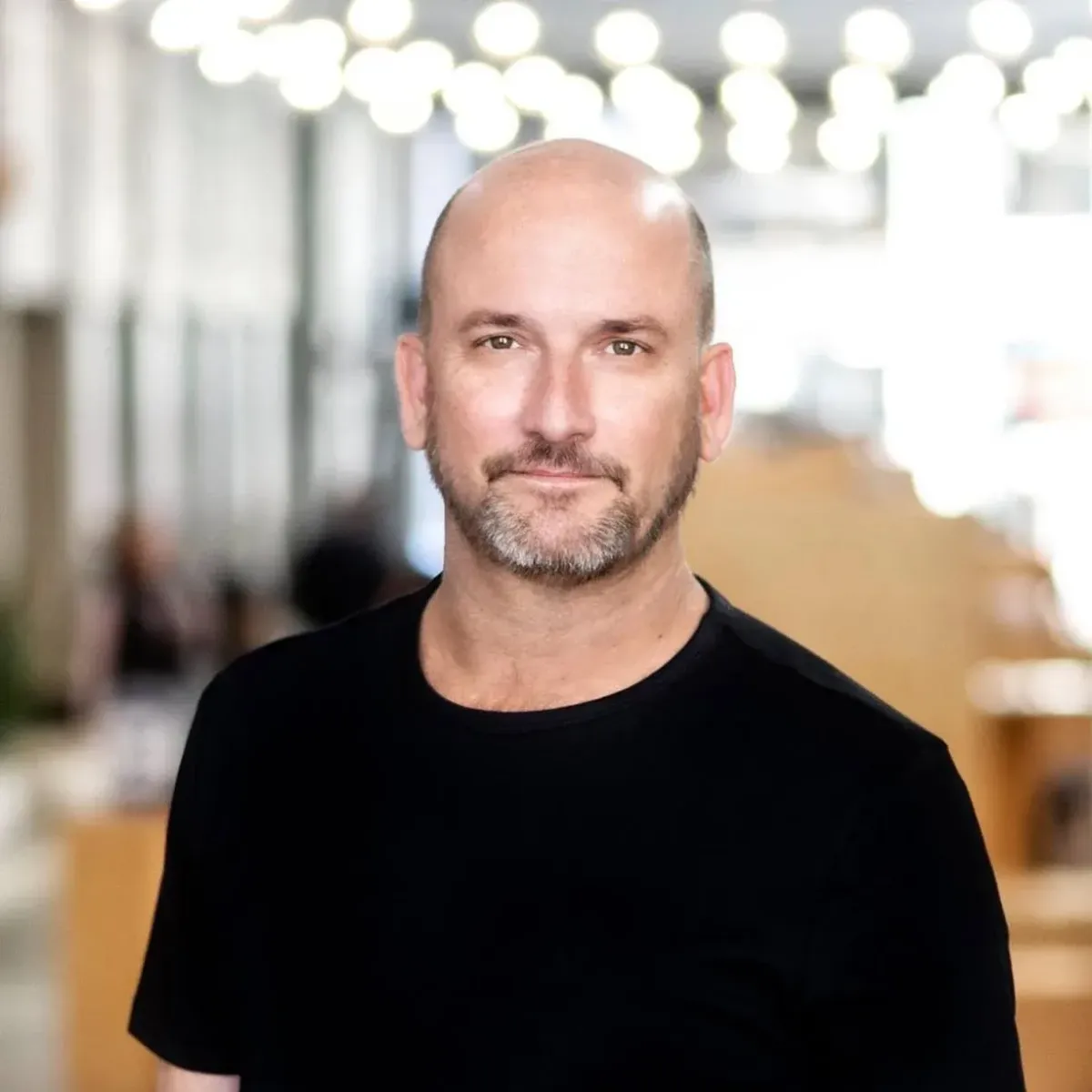
Thomas Rhea - Virginia, USA
I am only into day 2, I am so impressed! The chat/interactive video chat... and the customer service is WAY more than I thought this experience was going to be!

Steven Swartz - Los Angeles, USA
These courses have been a fantastic experience thus far. I'm already learning more than I ever could. It's far superior than just searching for online tuts. This course is all a hit!.

Medhat Hanbali - Toronto, Canada
Whether it’s a film, TV show, video game or music production, the information you will learn in this class is very valuable and will be useful for the rest of your career.
WEEKLY LIVE CLASSES
PRIVATE COACHING COMMUNITY
PERSONAL MENTOR


Marc Jovani
Based in Los Angeles. Has composed soundtracks for more than 50 movies
Has provided music for major studios such as NETFLIX, Amazon, Lionsgate, Syfy, FOX.
His movies have been distributed internationally on leading, nationally broadcasted television channels, including Lifetime (USA), TF1 (France), the Hallmark Channel (USA), Canale 5 (Italy), Antena 3 (Spain), HBO (USA) and more.
His music has been recorded in major studios: Warner Bros (Burbank), EastWest (Hollywood), and others.
Co-founder of Cinematic Composing (2016) with more than 10.000 students and growing
Berklee College of Music: Composition & Orchestration teacher at Berklee (2010-2016)
WHAT DO OUR STUDENTS SAY?
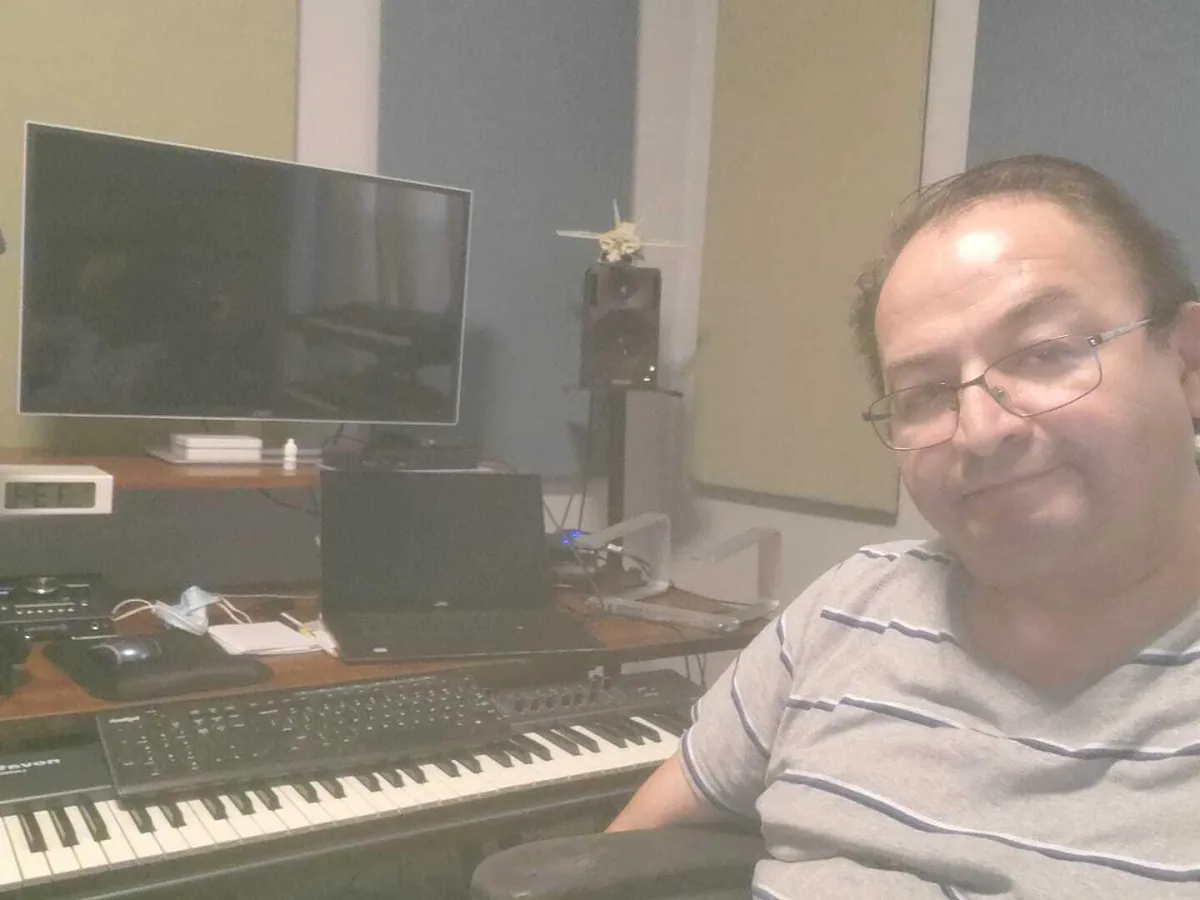
Nelson Sandoval
I've been quite impressed with the amount of knowledge and experience shared by Mark in his course.... He has truly mastered his process and he invites us to learn and read the benefits of his experience. I highly recommend Cinematic Composing to anyone who wants to get busy making orchestral music! ❤
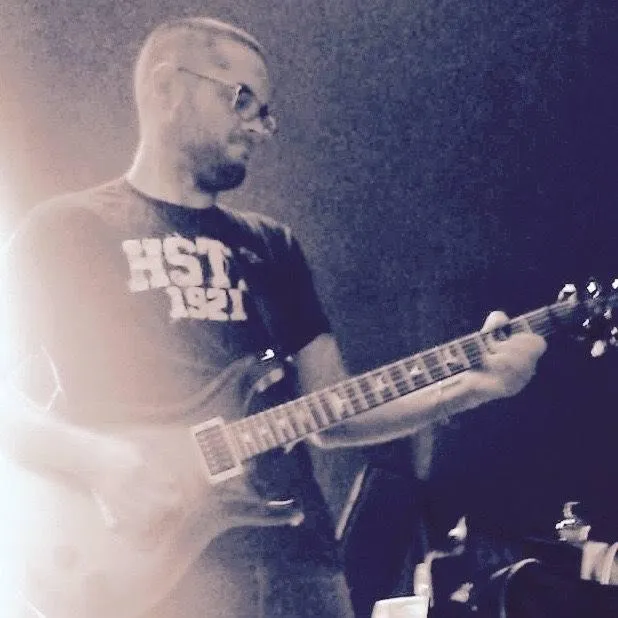
Umberto Pisano
Explanations and videos are clear and to the point, and Mark is a great teacher and mentor.Great job guys! I would really recommend this course!
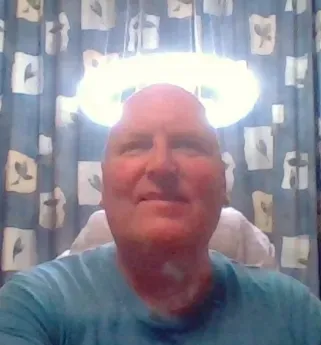
Josef Lindlbauer
Really amazing stuff for beginners. Marc takes you by the hand, and even tells you what sequencer, MIDI controllers and audio equipment best to use. Thank you Marc for putting this out!

Francesco Menici
The course is very interesting, detailed and professional! The lessons are very well structured and useful for both professionals and beginners. Marc Jovani conveys great enthusiasm and helps to achieve your goal. THANK YOU MARC!!! THANK YOU CINEMATIC COMPOSING!!

Sarvar Kaziev
I’ve learned a lot in such a short time.. It is easy to follow our great instructor Marc Jovani. He has a great experience and makes it possible for us to follow him into the magical world of composition. To my knowledge it’s one of the best remote courses out there.live classes

David Ramos Martel
On the road to orchestral composition using virtual instruments, this is the best online course I found. It is clear, concise, and practical. Of course, highly recommended.
"STRINGS: INSTRUMENTATION & ORCHESTRATION"
Complete Curriculum
STRINGS - INSTRUMENTATION
INTRODUCTION
• What makes strings the foundation of the orchestra
• The evolution from Renaissance to modern string writing
• Understanding basic string mechanics
• How strings create their unique sound
THE STRING SECTION
• Why strings can play longer than any other section
• The secret behind string section homogeneity
• How string instruments work together
• Understanding section hierarchy
THE INSTRUMENTS: THE VIOLIN
• What makes the violin the leader
• The four-string system demystified
• Range and power secrets
• Traditional vs contemporary roles
THE INSTRUMENTS: THE VIOLIN - EXAMPLE PART 1
• Analyzed Score: Rimsky-Korsakov's Scheherazade → Solo violin virtuosity
THE INSTRUMENTS: THE VIOLIN - EXAMPLE PART 2
• Analyzed Score: Elgar's Variations on an Original Theme → Section writing
THE INSTRUMENTS: THE VIOLIN - EXAMPLE PART 3
• Analyzed Score: Rimsky-Korsakov's Scheherazade → Two-section writing
THE INSTRUMENTS: THE VIOLA
• Why the viola has a unique timbre
• The mysteries of middle register writing
• Alto voice capabilities
• Breaking viola stereotypes
THE INSTRUMENTS: THE CELLO PART 1
• Understanding cello versatility
• The power of tenor register
• Technical possibilities
• Role evolution through history
THE INSTRUMENTS: THE CELLO PART 2
• Analyzed Score: Shostakovich Symphony No. 15, II movement → Section solo writing
• Analyzed Score: Brahms Symphony No. 2, II movement → Melodic treatment
THE INSTRUMENTS: THE CONTRABASS PART 1
• The foundation mysteries
• Fourth-tuning system explained
• Power vs clarity challenges
• Breaking bass line traditions
THE INSTRUMENTS: THE CONTRABASS PART 2
• Analyzed Score: Prokofiev's Lieutenant Kijé Suite → Solo capabilities
• Analyzed Score: Beethoven's Symphony No. 9, II movement → Section writing
LEFT HAND: THE STRINGS
• The physics of string vibration
• Understanding finger pressure
• Sound production secrets
• Resonance principles
OPEN STRINGS
• Analyzed Score: Copland's Rodeo → Open string techniques
• Natural resonance explained
• The magic of sympathetic vibrations
• Key relationships revealed
DOUBLE, TRIPLE AND QUADRUPLE STOPS
• Multiple note possibilities
• Understanding physical limitations
• Sound production challenges
• Bridge curvature effects
DOUBLE STOPS
• Analyzed Score: Brahms Violin Concerto → Double stop mastery
• Understanding comfortable intervals
• Position change effects
• Common patterns revealed
TRIPLE AND QUADRUPLE STOPS
• Analyzed Score: Bach's Partita No. 2 → Chordal writing
• The bridge curve secret
• Sound production mechanics
• Writing effective progressions
HARMONICS
• Natural vs artificial mysteries
• The overtone series explained
• Position and node relationships
• Modern notation practices
RIGHT HAND: THE BOW
• Understanding bow construction
• The physics of bow movement
• Hair tension principles
• Sound production mechanics
RIGHT HAND: DOWN AND UP BOW
• Direction effects on sound
• Understanding natural accents
• The gravity principle
• Bow distribution secrets
RIGHT HAND: BOW TECHNIQUES
• On vs off string mysteries
• Understanding bow placement
• Contact point effects
• Advanced technique principles
RIGHT HAND: ON THE STRING BOW TECHNIQUES
• LEGATO
• PORTATO (LOURÉ)
• DÉTACHÉ
• STACCATO
• SLURRED STACCATO
• MARTELÉ (MARCATO)
• TREMOLO
RIGHT HAND: OFF THE STRING TECHNIQUES
• SPICCATO
• RICOCHET (JETÉ)
• Understanding bounce control
• Advanced application principles
RIGHT HAND: TECHNIQUES DEPENDING ON THE PLACE ON THE STRING
• SUL PONTICELLO
• SUL TASTO (FLAUTANDO)
• Understanding timbre changes
• Modern applications
RIGHT HAND: OTHER TECHNIQUES
• PIZZICATO variations
• COL LEGNO effects
• CON SORDINO applications
• Special effect combinations
SUBDIVISIONS PART 1
• Understanding TUTTI writing
• DIVISI principles
• Section balance secrets
• Player distribution techniques
SUBDIVISION (EXTREME TYPE OF DIVISI) PART 2
• Analyzed Score: R. Strauss's Also sprach Zarathustra → Complex divisi
• Multiple voice distribution
• Balance challenges
• Modern applications
SUBDIVISION (SOLO) PART 3
• Analyzed Score: Falla's El amor brujo → Solo writing techniques
• Understanding solo vs tutti
• Balance principles
• Role distribution
SUBDIVISION PART 4
• Analyzed Score: Gershwin's An American in Paris → Multiple soli
• Analyzed Score: Sibelius's En Saga → Section interaction
• Understanding soli writing
• Balance techniques
• Modern applications
CONCLUSION
• Historical perspective synthesis
• Technical possibilities overview
• Modern writing applications
• Future exploration paths
STRINGS - ORCHESTRATION
INTRODUCTION
• The hidden power behind orchestral string writing
• A journey from Renaissance to modern string techniques
• The fascinating relationship between physics and strings
• The orchestrator's secret toolkit revealed
THE INFLUENCE OF THE HARMONIC SERIES
• The acoustic phenomenon shaping modern orchestration
• Decoding complex waveforms in music
• Brain processing mysteries in sound perception
• Natural laws behind musical preferences
PARTIALS, OVERTONES AND HARMONICS
• Inside the anatomy of sound
• The mathematics of musical beauty
• Sound source identification secrets
• Frequency relationships unveiled
THE HARMONIC SERIES AND HOW IT AFFECTS ORCHESTRATION
• Nature's blueprint for orchestration
• Cultural preferences in sound organization
• The mathematics behind musical choices
• Register mysteries explained
THE STRING SECTION
• The orchestra's most versatile family
• Five centuries of evolutionary development
• Understanding sectional dynamics
• Modern applications revealed
THE STRING SECTION: THE FUNCTIONS
• The chameleon of the orchestra explained
• Historical role evolution
• Technical capabilities unveiled
• Modern functional assignments
PERFORMING MELODIES
• Analyzed Score: Haydn Symphony 104 → Melodic distribution
• Analyzed Score: Brahms Symphony 4 → First movement treatment
• Analyzed Score: Mahler Symphony 2 → Modern approaches
PERFORMING COUNTERPOINT
• Analyzed Score: Tchaikovsky Symphony 6 → Counterpoint techniques
• Dynamic layering secrets
• Independent section writing
• Balance solutions revealed
PERFORMING HOMOPHONIC TEXTURES
• Analyzed Score: Tchaikovsky Symphony 5 → Textural writing
• Sustained sound capabilities
• Dynamic control principles
• Support role techniques
PERFORMING RUNS
• Analyzed Score: Mahler Symphony 1 → Scale techniques
• Analyzed Score: Stravinsky's Petrushka → Modern approaches
• Sectional distribution strategies
• Technical limitations revealed
PERFORMING PATTERNS OF ACCOMPANIMENT
• Analyzed Score: Dvorak Symphony 9 → Accompaniment patterns
• Analyzed Score: Tchaikovsky Symphony 4 → Slow patterns
• Analyzed Score: Mahler Symphony 1 → Medium activity
• Analyzed Score: Holst's Mars → High intensity
• Analyzed Score: Sibelius's En Saga → Advanced patterns
DOUBLING OTHER SECTIONS
• Analyzed Score: Holst's Mercury → String-woodwind combinations
• Analyzed Score: Holst's Mars → String-brass relationships
• Balance principles revealed
• Dynamic considerations explained
COMBINATIONS WITHIN THE STRING SECTION
• Analyzed Score: Brahms Symphony 2 → Section combinations
• Traditional role distribution
• Modern mixing techniques
• Effective pairing strategies
VOICING FOR STRINGS
• The science of string spacing
• Open vs closed positions
• Register distribution secrets
• Natural resonance principles
VOICING FOR STRINGS: SAMPLES AND PIANO SKETCHES
• Mock-up to live orchestra translation
• Virtual instrument considerations
• Common pitfalls revealed
• Professional solutions explained
CONCLUSION
• Historical perspective synthesis
• Technical possibilities overview
• Modern writing applications
• Future exploration paths
BONUS #1 - LIVE CLASSES
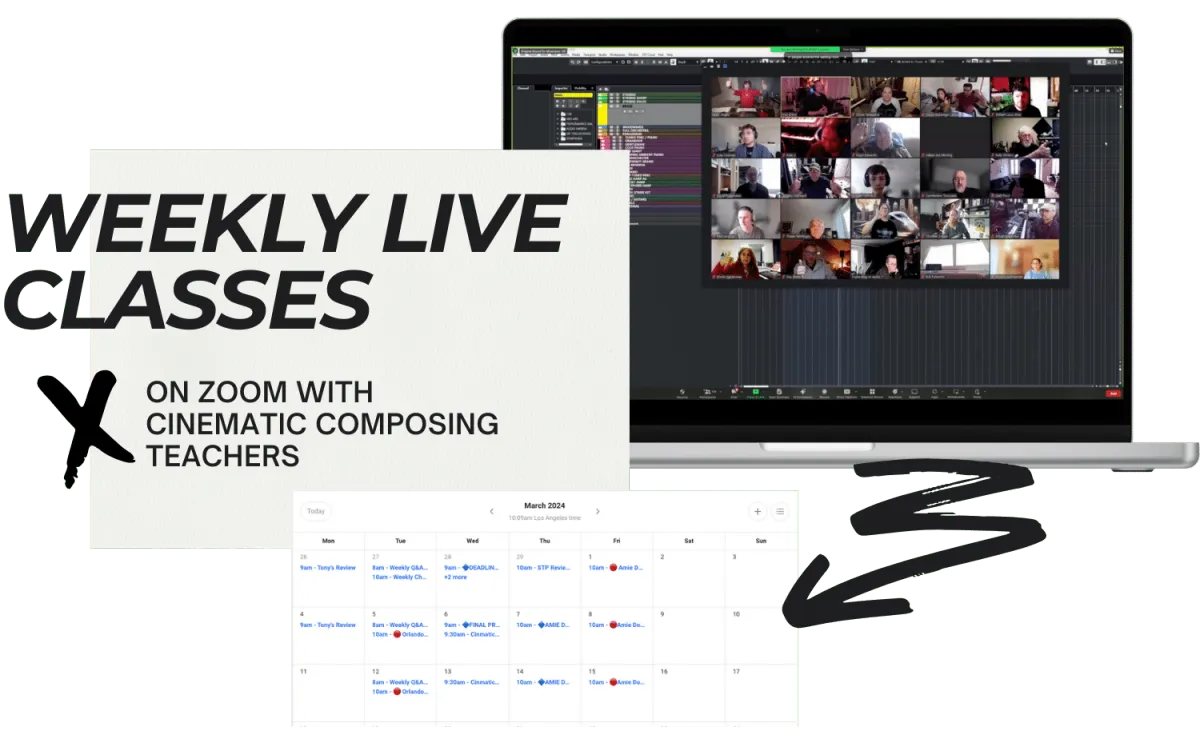
When you buy the course, you'll join the Cinematic Composing community. In this group, we do live classes and masterclasses with Cinematic Composing teachers and Hollywood Composers. You'll have access to these live classes for life.

OUR WORLD WIDE COMMUNITY
A community of more than 15,000 composers like you.
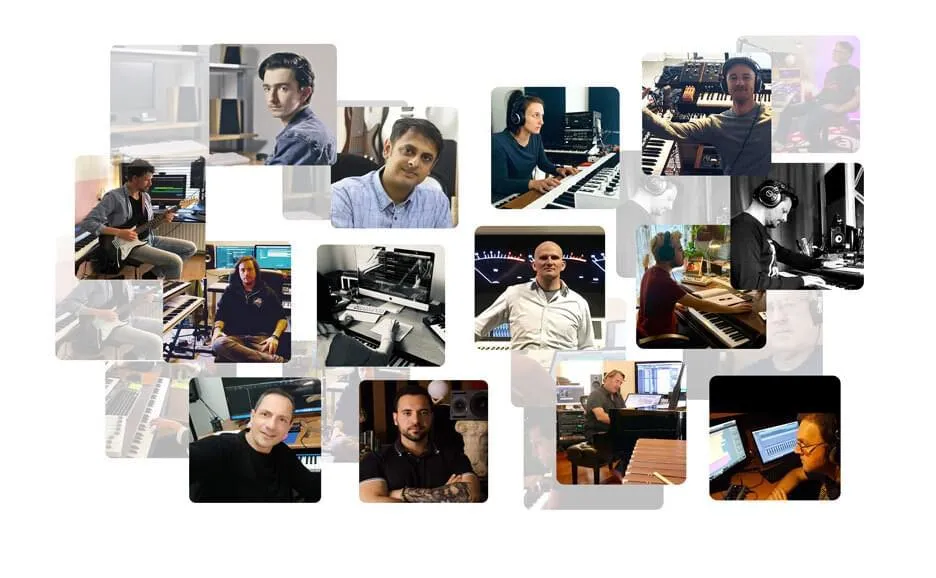
One of the biggest perks of a traditional music school is networking with other talented composers. That's why we've created a private group — inside your membership area — designated for members to collaborate, share work, give/receive feedback, ask questions, share articles, and learn and grow together.
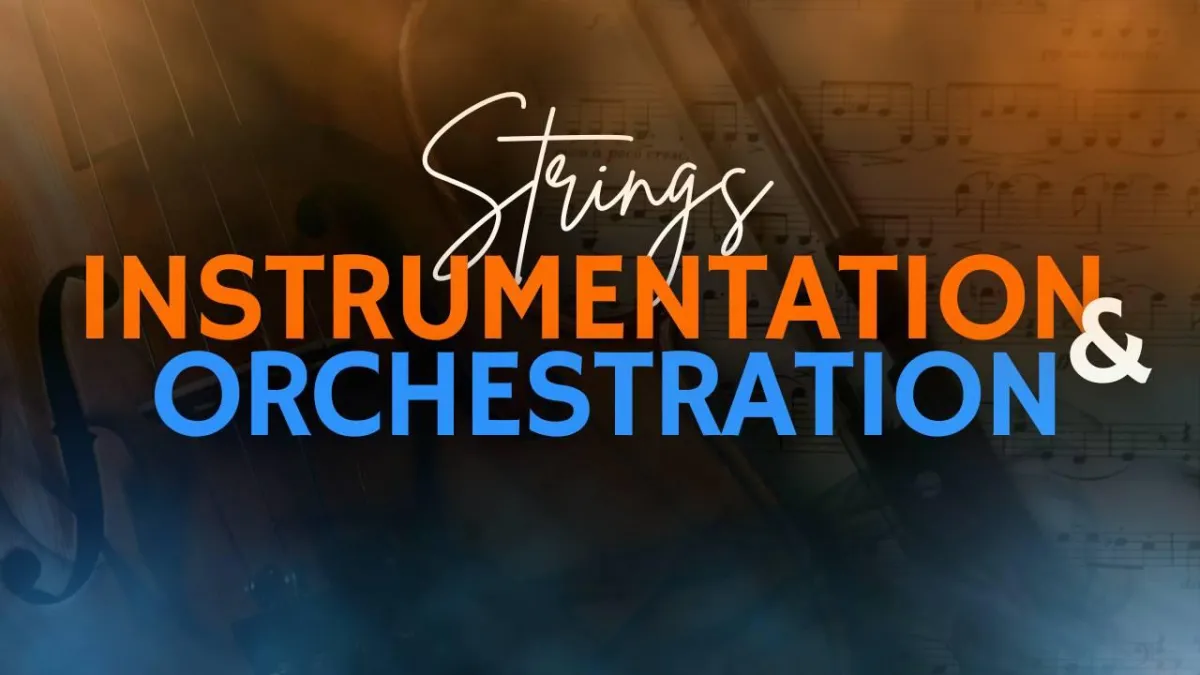
Our Commitment to You
• You’re not alone.
• Teachers to support you.
• A community of more than 15,000 composers like you that had the same struggles you're having now and that are eager to help out.
• Weekly live video chats where you can participate and ask questions.
• Periodic masterclasses with actively working composers, orchestrators, and mixing engineers.
• Go at your own pace. The teachers will always be there to support you.
• Access for life.

Cinematic Composing, LLC is not associated with Facebook or Facebook, Inc.
For the nature of this product, this offer does not include refunds.
FOR SUPPORT ISSUES OR QUESTIONS, PLEASE EMAIL US AT [email protected]
Copyright © 2025• Cinematic Composing • A Cinematic Composing LLC Brand • All Rights Reserved • Lake Forest, CA